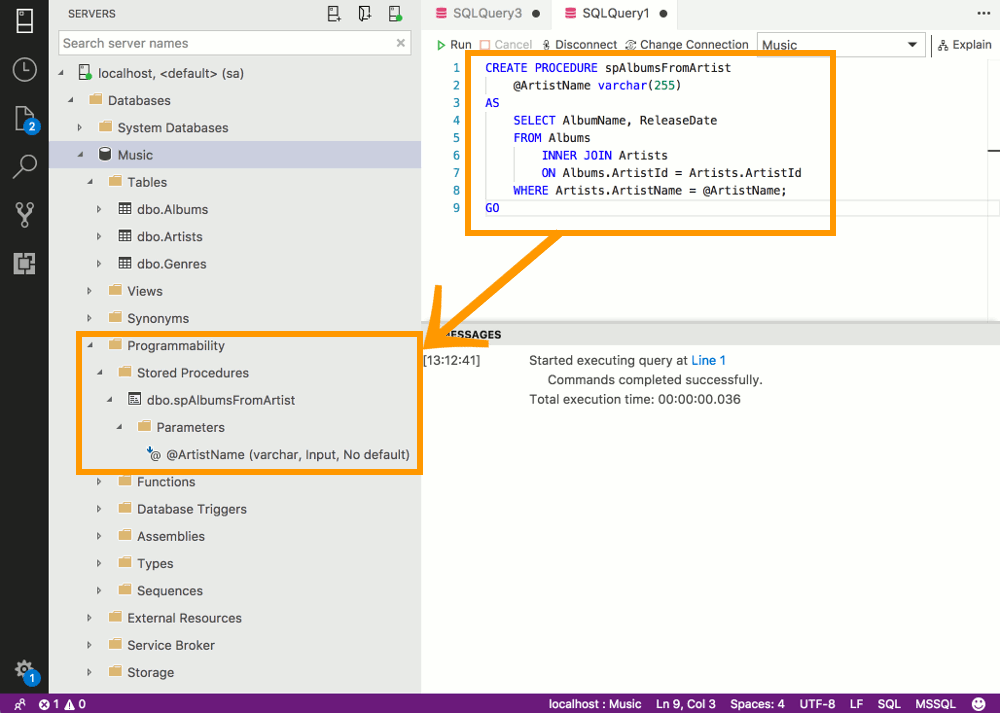

I’d go with the PowerShell because, in some cases, even upon successful execution of the script in Command Prompt, the changes are not applied (the case with SSMS 17.7). Either way, make sure to run the interpreter as an administrator or you’ll get an error message that access to the path is denied: Instead of doing the same steps to enable the SSMS Dark theme each time there is an upgrade, thanks to a reader (Luka Lovre) who made a PowerShell script, there’s an easier way with the same outcome which can be achieved in just a few clicks.Īll we need to do is to run either Command Prompt or Windows PowerShell which is designed to improve the command-line and scripting. This will, of course, overwrite the tweak we made earlier and the Dark theme will no longer be available in the options.
#Sqlitestudio execute .sql script upgrade
Once completed, start SQL Server Management Studio and the Dark color theme will be available in the Color theme drop-down box:Įach upgrade of the latest generation of SSMS will set the configuration file back to its defaults.

#Sqlitestudio execute .sql script code
Once the file is opened in the text editor, scroll down and find the section of the code under the “Remove Dark theme” heading, add “//” (without quotation marks) at the beginning of the first line like shown below, and save the file: The configuration (ssms.pkgundef) file is located at the following locations:Ĭ:\Program Files (x86)\Microsoft SQL Server\130\Tools\Binn\ManagementStudioĬ:\Program Files (x86)\Microsoft SQL Server\140\Tools\Binn\ManagementStudioĬ:\Program Files (x86)\Microsoft SQL Server Management Studio 18\Common7\IDEĭepending on SSMS version, locate and open the configuration file (ssms.pkgundef) in the text editor: Run any text editor as an administrator, in this case, Notepad++ is used, in order to edit the SSMS configuration file: To enable the SSMS Dark theme, follow these simple steps.Ĭlose SSMS if it is running. The dark theme has been very popular among SQL database administrators and developers. In SSMS 2016, SSMS 2017 and the latest SSMS 18, the user can switch between the Blue or Light theme by going to Tools | Options | Environment | General | Color theme:Īlthough it’s not officially supported by Microsoft, the Dark theme is also available in SQL Server Management Studio 2016, 17, and the latest 18 version. In SQL Server Management Studio 2016, Microsoft introduced a visual setting option to choose between the Blue and Light color theme.


 0 kommentar(er)
0 kommentar(er)
